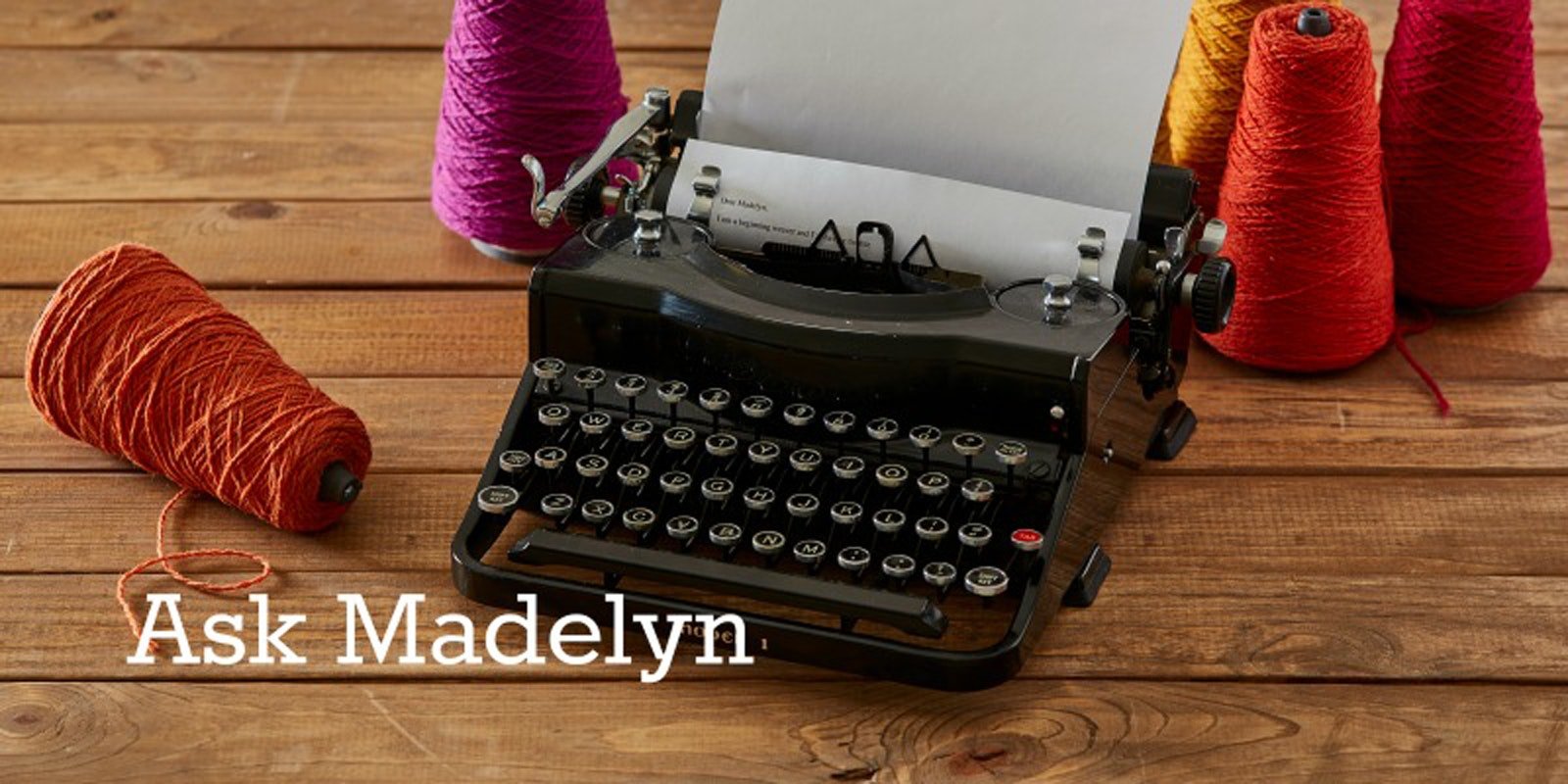Hi Madelyn:
I have a loom with a weaving width of only 26 inches. I would like to make an overshot coverlet. On such a small loom, would it be easier to weave a friendship-type coverlet with different pattern squares or weave the coverlet in three (or four!) panels? I know it is difficult to have a consistent beat and wonder if I could make all the panels match.
– Cathy
Hi Cathy!
I think you¹d be better off with the friendship-type of coverlet for several reasons. (Friendship coverlets are usually the result of a group of people each threading and weaving a unique overshot design and exchanging squares so that everyone ends up with a coverlet composed of a square from each person in the group.)
The main advantage to weaving the coverlet in three or four panels is that you might not have as much rethreading to do, if any. If you wove four panels, for example, you¹d probably thread the overall design, weave two panels using it, and then rethread so that the second two panels each included some kind of side-border design. You'd join the first two panels in the center with one of the other two panels on each side. (If you wove it in three panels, you could weave one for the center and then rethread for the other twoif you wanted a side-border design.)
The main disadvantage to weaving the coverlet in panels is the one you are guessing, that it would not be easy to weave them so they exactly match. This would even be true if your coverlet were made of only two panels. It is possible to weave them to match, however.If you decide to go this way, put on enough extra warp so that you can practice achieving a beat that is relatively easy to maintain consistently. It is important for all of the panels be the same weaving width (i.e., if you rethread for borders, keep the width of the each panel the same). The same force on the beater will produce a tighter weft sett on a narrower warp width than on a wider one. When you sew the panels together, you can ease in small variations of beat.
For a friendship-type coverlet, you'd be weaving a numberof squares to join together. For a coverlet 70-80 inches wide, for example, your squares might be about 16" wide with four of them joined across the width and more joined across the length (the number depending on the desired length). Each square need not be exactly the same size since your joining method can accommodate some variations (using panels of cloth between the squares can allow overlapping their edges). One disadvantage to this method would be rethreading for each different square if you'd like the friendship-coverlet look of many different designs. Remember that with overshot, however, you can weave each design rose fashion or star fashion or even invent design variations by changing the treadling order of the blocks. Using different pattern-weft (and/or tabby-weft) colors in each square can add even more variation.
You could instead choose to weave each square in the same design, but I think changing the designs, colors, and/or treadling orders would add a lot of interest to the project and you'd learn a lot about designing and weaving overshot. The remaining disadvantage to weaving the coverlet in separate squares is, of course, the additional task of joining the squares. I like the idea of using a plain cloth in a color that acts as a frame for each of the squares (and also takes up some of the width and length required by the coverlet).
– Madelyn

